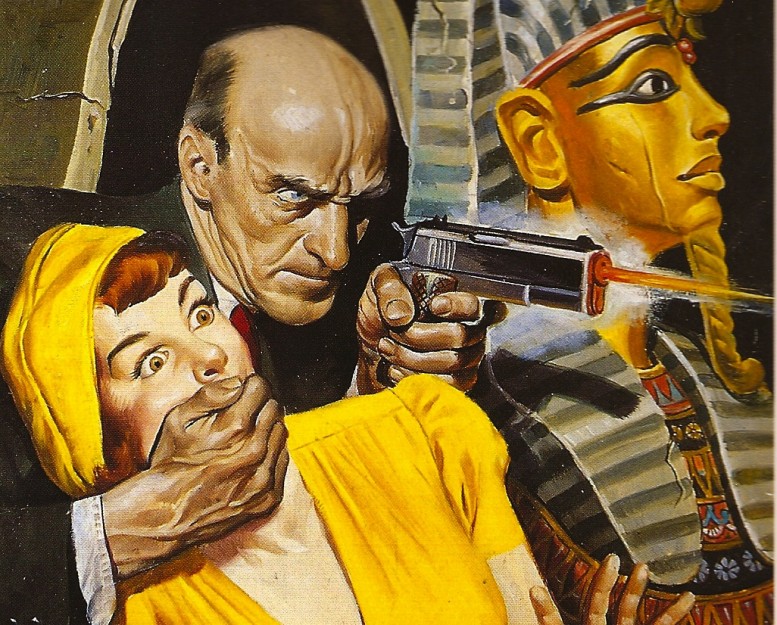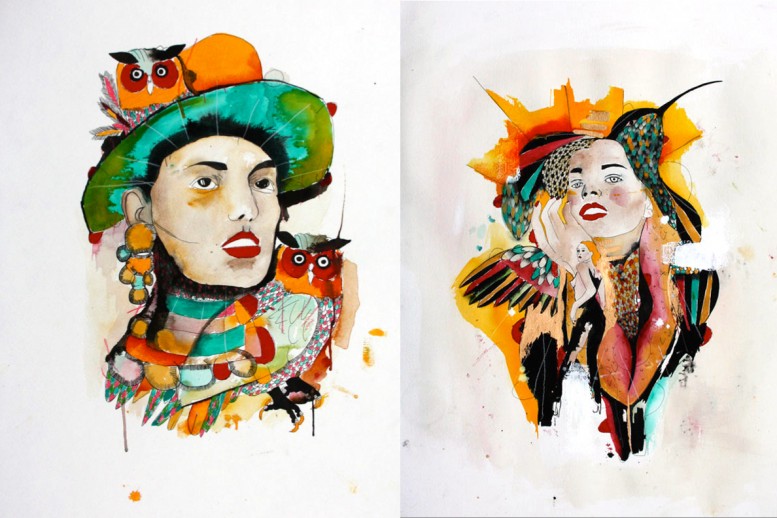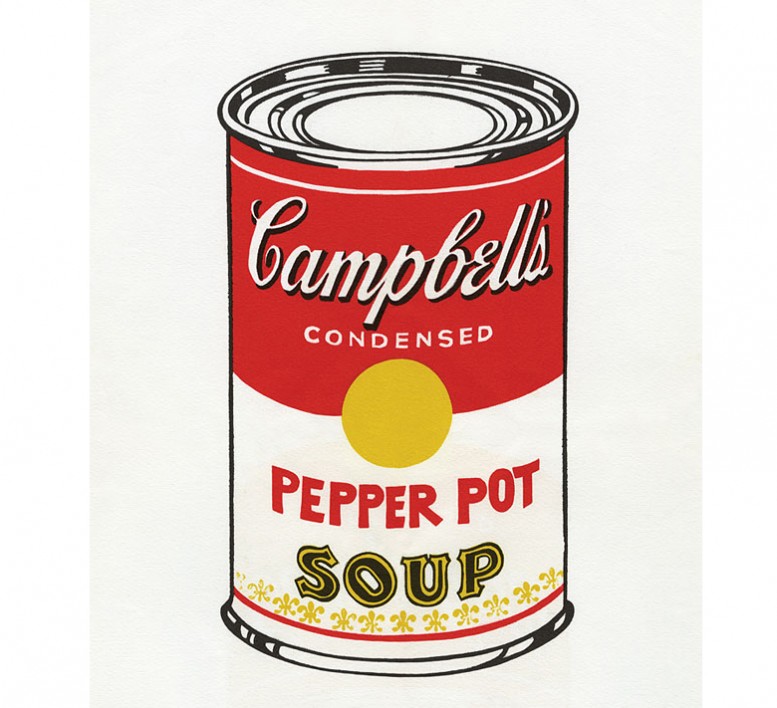Pulp Art: The Robert Lesser Collection
Robert Lesser began collecting pulp paintings, comic books, and comic-character toys in the 1950s. As a student at the University of Chicago, Lesser’s literature studies combined with his fascination with popular culture kindled his interest in studying and collecting pulp art and comic memorabilia....In 1975 he wrote A Celebration of Comic Art and Memorabilia, an informational collectors guide; in 1997 he published Pulp Art: Original Cover Paintings for the Great American Pulp Magazines, a full-color collection of pulp paintings and history that includes expert interpretation. The style of artwork created for pulp magazines is often compared to Norman Rockwell’s cover designs for the “Saturday Evening Post,” but the character of the paintings was quite disparate from Rockwell’s jovial depictions of everyday life. Pulp Art flaunted unsettling images of violence, racism, sex, and crime. The publishing houses that produced pulp fiction such as Popular Publications, Street & Smith, Condé Nast, and Frank A. Munsey Company destroyed much of the artwork produced for the magazines after printing. The images weren’t suitable for display in homes or museums so artists and auctioneers deemed them worthless. Tens of thousands of pulp paintings were created, out of which only a small number survive today.The 90 works on display at the Museum of American Illustration are now a part of the collection of the New Britain Museum of American Art, promised gift of Robert Lesser. Now on view until July 31. www.societyillustrators.com
Gaga + Araki
Marc Brandenburg: Drawings
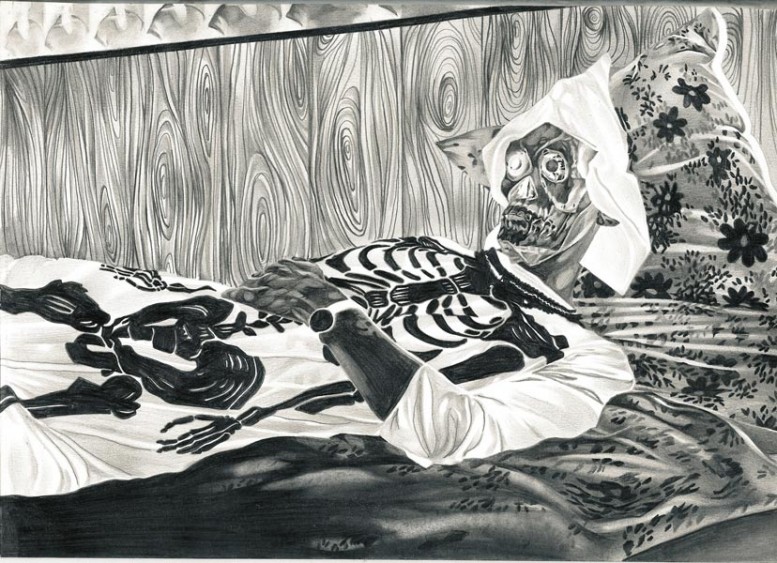

Berlin-based artist Marc Brandenburg (born 1965) has recently emerged as one of the best-known draftsmen of his generation. Influenced by the pop and punk culture of the 1960s and 80s, Brandenburg’s graphite drawings document Berlin’s subversive nightlife, portraits of friends or extremely zoomed-in details of banal, ordinary objects. Brandenburg is fascinated by the velocity and movement in the scene images of today, but also the simplicity and beauty of a laconic Christmas ball, for example, or a fairground carousel. He deliberately makes use of these fast images only to freeze them, in black and white, by means of a lengthy, obsessive drawing process. Brandenburg draws from his own photos and images from magazines, which he distorts using a photocopier, converts to negative images with the computer and then traces. These reversals have a stunning effect: portraits or images distorted to the point of abstraction take on an intensity and sharpness that alienates the subject while lending them a ruthless precision at the same time. Nevertheless, Brandenburg does not believe in the power of the ultimate, singular image – instead he often hangs his drawings close together in a manner that resembles film sequences. According to Brandenburg, it is through this series of images that a dialogue emerges between the individual pictures: “It’s about what cannot be depicted; it’s about the aura, the spaces in between.” Marc Brandenburg: Drawings is now on view at the Kunsthalle in Hamburg, Germany until October 9. www.hamburger-kunsthalle.com
Polka Dots Are a Way to Infinity: Yayoi Kusama
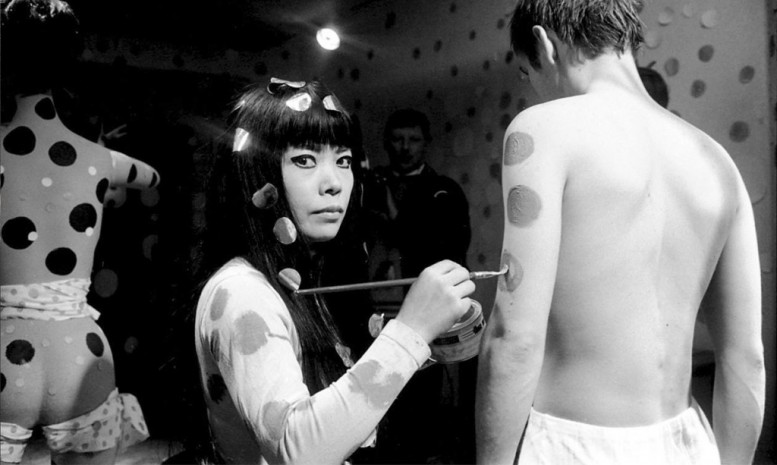
In the next year we'll be hearing a lot about Yayoi Kusama. The Japanese artist Yayoi Kusama, who Yoko Ono sites as an influence, was born in Japan in 1929 and at the age of ten started to paint her infamous polka-dots and net motifs. In a Yayoi Kusama universe things would look like what the world would look like if an obsessive compulsive God on a mushroom trip created it. Yayoi Kusama says about polk-dots: "...a polka-dot has the form of the sun, which is a symbol of the energy of the whole world and our living life, and also the form of the moon, which is calm. Round, soft, colorful, senseless and unknowing. Polka-dots become movement... Polka dots are a way to infinity." Kusama has also published many books including Manhattan Suicide Addict - a photographic and typographic treatise on the isolation of exile through the pure formation of art. On view now at the Museo Nacional Centro de Arte Reina Sofía in Madrid many of Yayoi Kusama's most personal works on view until September. The exhibition will then move to the Centre Pompidou in París, then to the Tate in London, and finally to the Whitney in New York. www.museoreinasofia.es
Text by Oliver Maxwell Kupper for Pas Un Autre
MATTHEW STONE / RULES FOREVER (PART II)
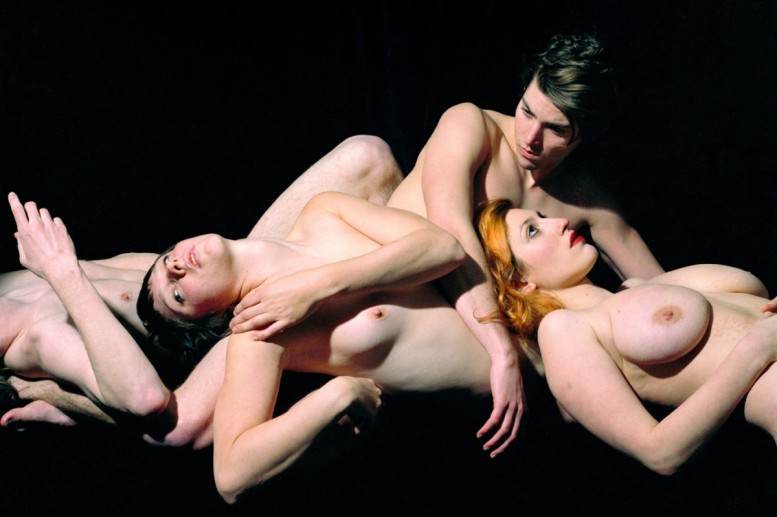
In Stone's last exhibition at Union Gallery Forever Rules (Part I), Stone presented a single sculpture in the center of the gallery and 3 photo-collage works on wood. The sculpture and also main focus of the exhibition was an oak and birch floor-based sculpture, a structure entirely hand built by the artist, titled “Forever Rules”. The sculpture was formed in part by an open sided, oak dodecahedron, its pentagonal facets creating a complex, net-like form. In Plato's divine geometry, the dodecahedron is described as a perfect solid. Historically it has been attached to the concept of a fifth element, namely Ether (Aether) or Universe. It has represented the perfect mediation of the infinite and the finite, the sphere and the cube. For his second part exhibition Rules Forever (Part II), Stone will continue honoring Plato and will present a much larger sculptural element comprising four oak structures, but instead of a large photographic nude, cut into hundreds of wooden squares that passes through the structure, as in the show before, the artist has decided to cluster the structure with photographic collages, printed directly onto birch plywood. These digitally collaged configurations of torso and limb, show bodies intertwined and connected. Unmistakable as Stone's work, the gestures and classical poses of his languorous figures are intersected by areas of new color, cut, if only to reconnect, along unnatural, directional and geometric bias. On view until July 30 at the Union Gallery in the UK. www.union-gallery.com
Autre

The first issue of Autre Quarterly is here.
[BOOKS] Rebels in Paradise
"Los Angeles, 1960: There was no modern art museum and there were few galleries, which is exactly what a number of daring young artists liked about it, among them Ed Ruscha, David Hockney, Robert Irwin, Bruce Nauman, Judy Chicago and John Baldessari. Freedom from an established way of seeing, making, and marketing art fueled their creativity, which in turn inspired the city. Today Los Angeles has four museums dedicated to contemporary art, around one hundred galleries, and thousands of artists. Here, at last, is the book that tells the saga of how the scene came into being, why a prevailing Los Angeles permissiveness, 1960s-style, spawned countless innovations, including Andy Warhol's first exhibition, Marcel Duchamp's first retrospective, Frank Gehry's mind-bending architecture, Rudi Gernreich's topless bathing suit, Dennis Hopper's Easy Rider, even the Beach Boys, the Byrds, the Doors, and other purveyors of a California style. In the 1960s, Los Angeles was the epicenter of cool." You can purchase the book here.
Liu Bolin: Invisible Man
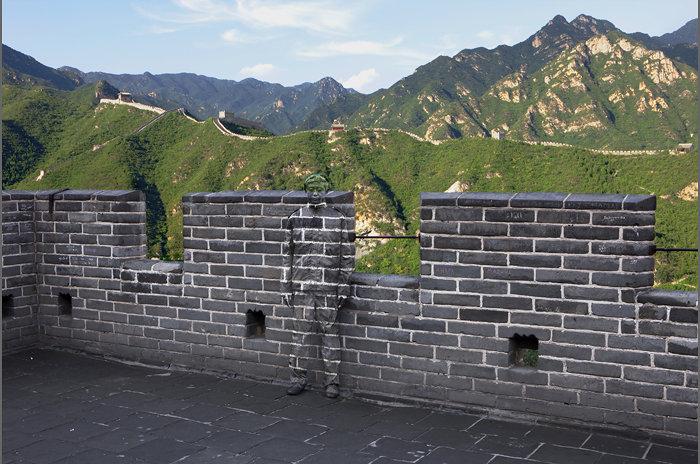
Fotografiska presents the first exhibition of Chinese artist Liu Bolin in Scandinavia. Liu Bolin is renown for his series of images entitled Hiding in the City. What makes these images unique is that Liu Bolin literally paints himself into each scene. His body resembles “camouflage”, thereby making Liu Bolin both present and absent in each photograph. These cleverly orchestrated images have earned him the name, the invisible man. However, the story of how these images came about is less than lighthearted. More....
[ART] Tasya Van Ree
HENNESSY X KAWS

Hennessy, the number one selling cognac in the world, just announced their exclusive Hennessy V.S bottle collaborative project with the artist KAWS, which will hit shelves in September 2011. In addition to the limited edition bottle, the duo will create multiple digital shorts, which will be distributed throughout the year. There will also be a private launch party in NYC this month. Stay tuned for an interview with KAWS in the first issue of Autre Quarterly. www.hennessy.com
ANDY WARHOL CAMPBELL'S SOUP CANS - MOCA LA
[ILLUSTRATION] ALIA PENNER
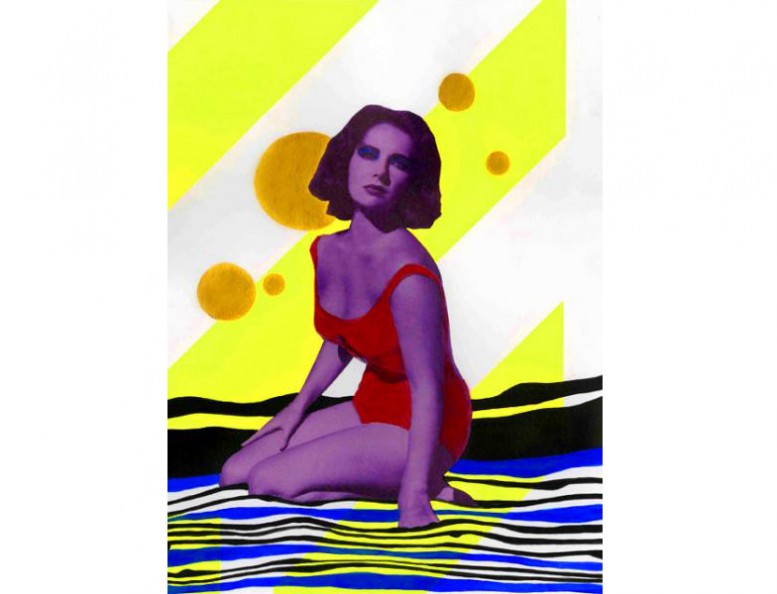
Look out for Alia Penner's artwork in the first issue of Autre Quarterly. Sign up for the newsletter to find out where you can find a free copy!
[ARTIST] DANIEL VÖLKER
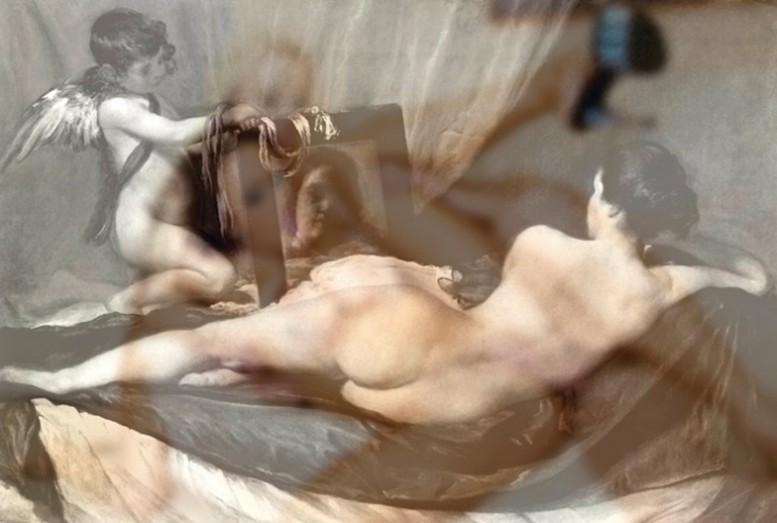
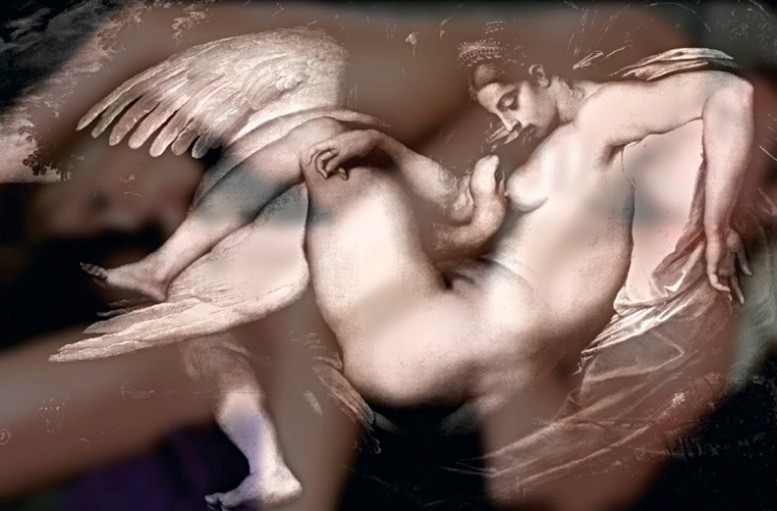
Daniel Volker's 'Crossover' series combines historical paintings with modern erotica. www.danielvoelker.com
POLLY MORGAN 'Burials'
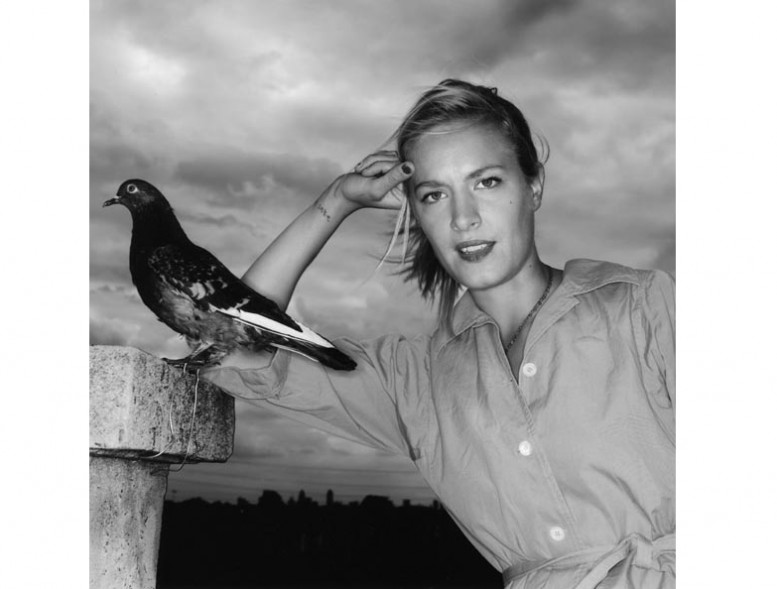
....Polly Morgan is at the very forefront of modern taxidermy. She has contributed to a shift in public perception that has taken ‘the art of preparing, stuffing and mounting the skins of animals with lifelike effect’ to places never dreamed of by its original Victorian practitioners. The vitrines are still there but little else remains. Birds are taken out of their natural habitat and are reassembled, often in mass, creating sculptures of astonishing and often disquieting beauty. For ‘Psychopomps’ at Haunch of Venison last year, this theme of disintegration and recomposition was keenly explored. ‘Burials’ takes this idea to its logical end, interment and then potential rebirth elsewhere. ‘The coffin’ (Carrion Call), with its shrieking chicks, makes a welcome return, this time transported to the dimly-lit backroom of a Venetian palazzo; Count Dracula’s transportation of his own coffins from Transylvania to Carfax Abbey in London, performs an almost perfect reverse. A sense of imprisonment and the futility of escape dominates this exhibition, escape is actually, both metaphorically and physically, an unlikely possibility. Three new-style works adorn the walls, in the shapes of a spade, a coffin-lid and a headstone respectively. Other large-scale pieces that further celebrate the themes of rebirth and spring are also included in the form of an ancient (much twisted) maypole and a scorched flying machine held aloft by flame-orange finches and canaries. Polly Morgan 'Burials,' her first solo show in Italy, is on view until July 22 at the Workshop Arte Contemporanea in Venice - www.workshopvenice.com
Gabriel von Max: Be-tailed Cousins and Phantasms of the Soul
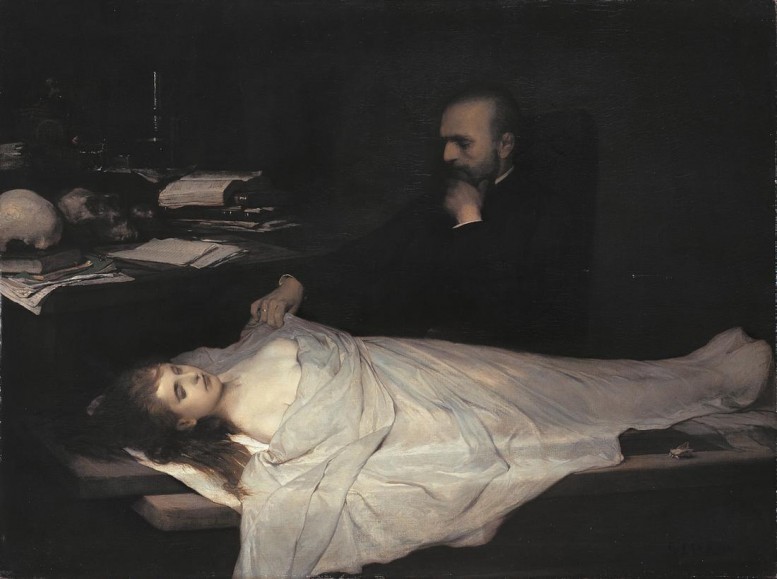
One of the most discussed, and perhaps controversial, artists of the late nineteenth century, Gabriel von Max (1840–1915) “set hearts beating violently” with his paintings of a somnambulant, crucified woman with a full-blooded swain at her feet and an anatomist pulling back diaphanous cloth from the alabaster corpse of a beautiful young woman. Max’s portrayal of the biblical tale of Jairus’ daughter being raised from the dead, his polemical depiction of vivisection, and his paintings of his beloved, yet melancholic, monkeys engaged in various humanlike endeavors stirred the emotions and public debates of his day. Yet, despite international acclaim, Max has not been the subject of a solo museum exhibition in America until now, with the Frye Art Museum’s Gabriel von Max, on view July 9 through October 30, 2011. www.fryeartmuseum.org
TOM of FINLAND Original Drawings
Tom of Finland’s real name is Touko – because he was born on 8 May 1920, on the south coast of Finland, and May in Finnish is “Toukokuu”. His homeland had been independent for just three years when Touko was born, and outside its few cities the country was still rough and wild. The men who worked in the fields and woods, the farmers and loggers, were true frontiersmen, every bit as rough and wild as the countryside. Touko grew up among those men but was not a part of their world. Both his parents were schoolteachers, and they raised Touko indoors in an atmosphere of art, literature and music. Obviously talented, by the time he was five he was playing the piano and drawing comic strips. He loved art, literature and music. But he loved those outdoorsmen even more. At that same age of five, Touko began to spy on a neighbour, a muscular, stomping farmboy whose name, “Urho”, means “hero”. Urho was the first in a long line of heroes to hold Tom’s attention while he memorized every flex of their lean muscles, every humorous twist of their full lips. In 1939, Touko went to art school in Helsinki to study advertising. His fascination expanded to include the sexy city types he found in that cosmopolitan port – construction workers, sailors, policemen – but he never dared proposition them. It was not until Stalin invaded Finland and Tom was drafted into a lieutenant’s uniform that he found nirvana in the blackouts of World War II. At last, in the streets of the pitch-black city, he began to have the sex he had dreamed of with the uniformed men he lusted after, especially once the German soldiers had arrived in their irresistible jackboots. TOM of FINLAND Original Drawings now on view at the PHD Gallery in St. Louis, Missouri until August 6. more...
Alex Varenne at the Erotic Museum in Paris
Ed Ruscha's Back of the Hollywood Sign

Ed Ruscha: On the Road
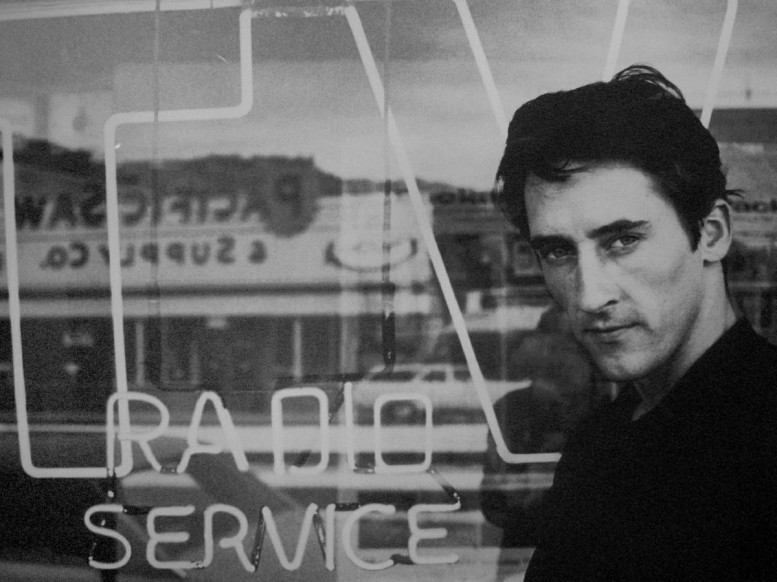 Ed Ruscha photographed by Dennis Hopper
Ed Ruscha photographed by Dennis Hopper

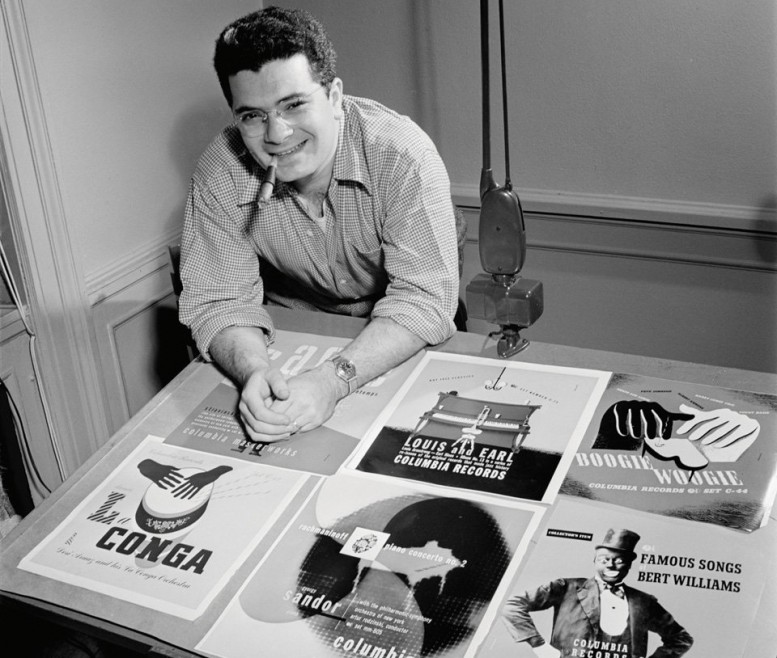 [
[